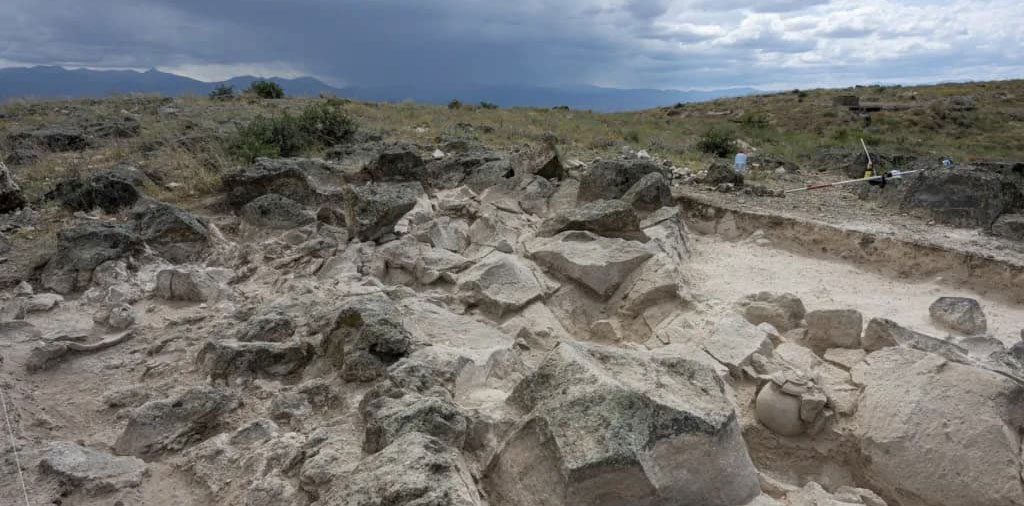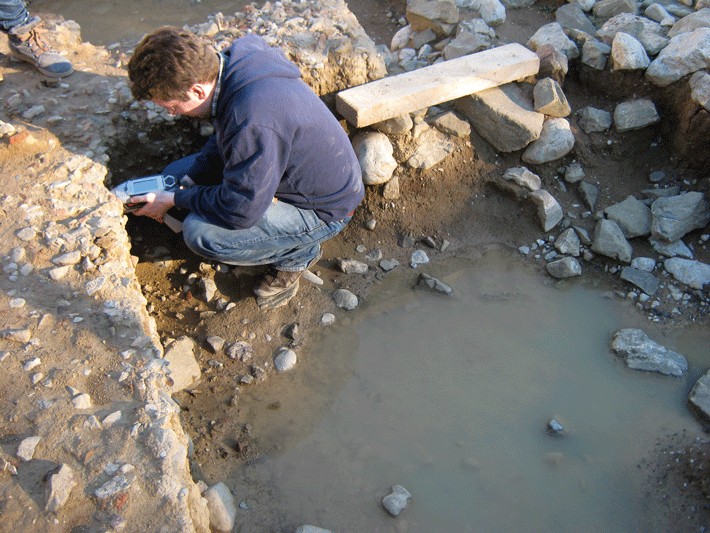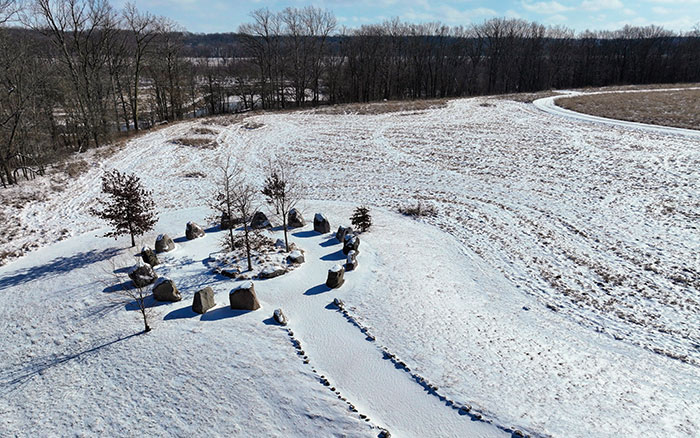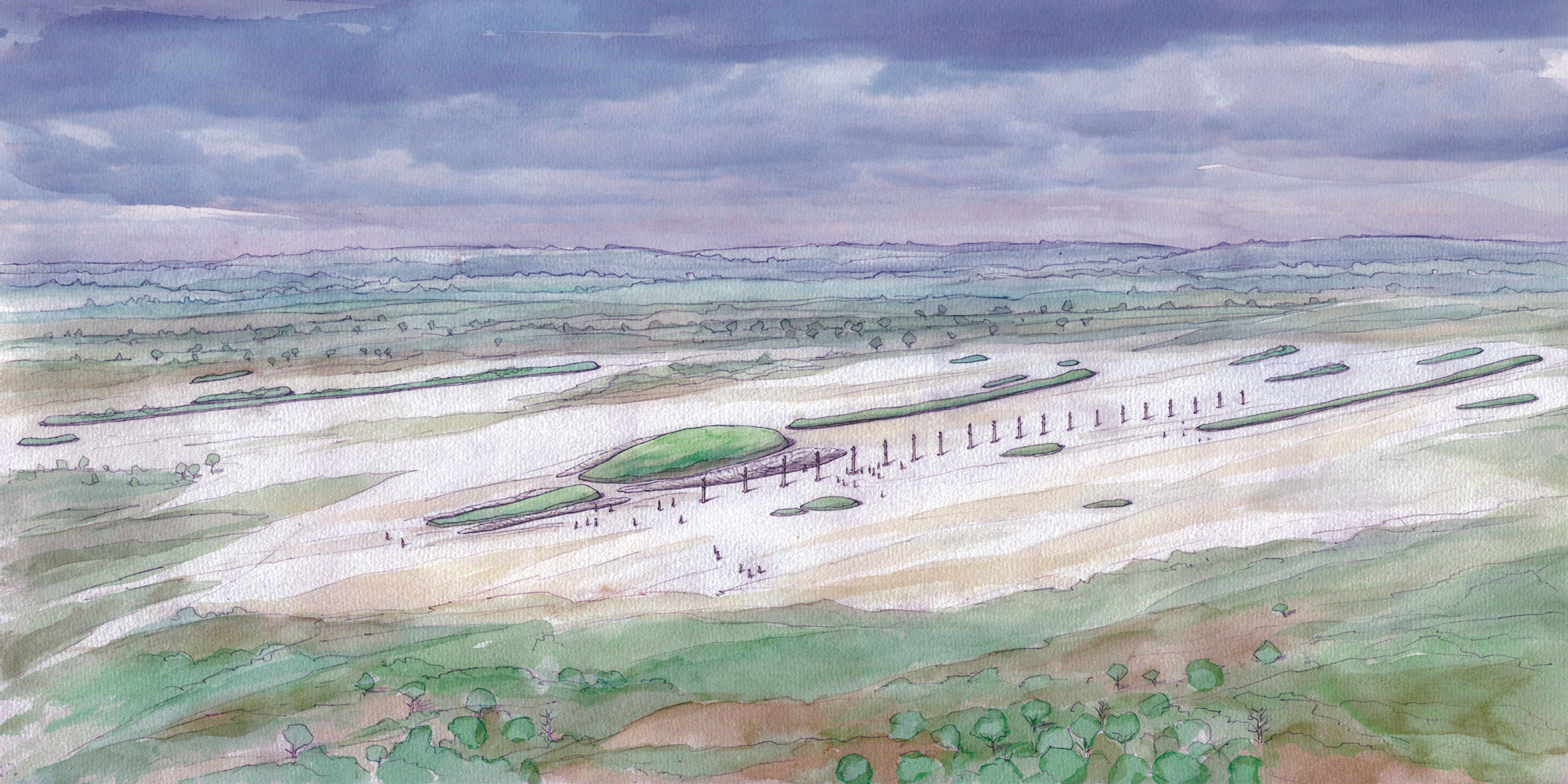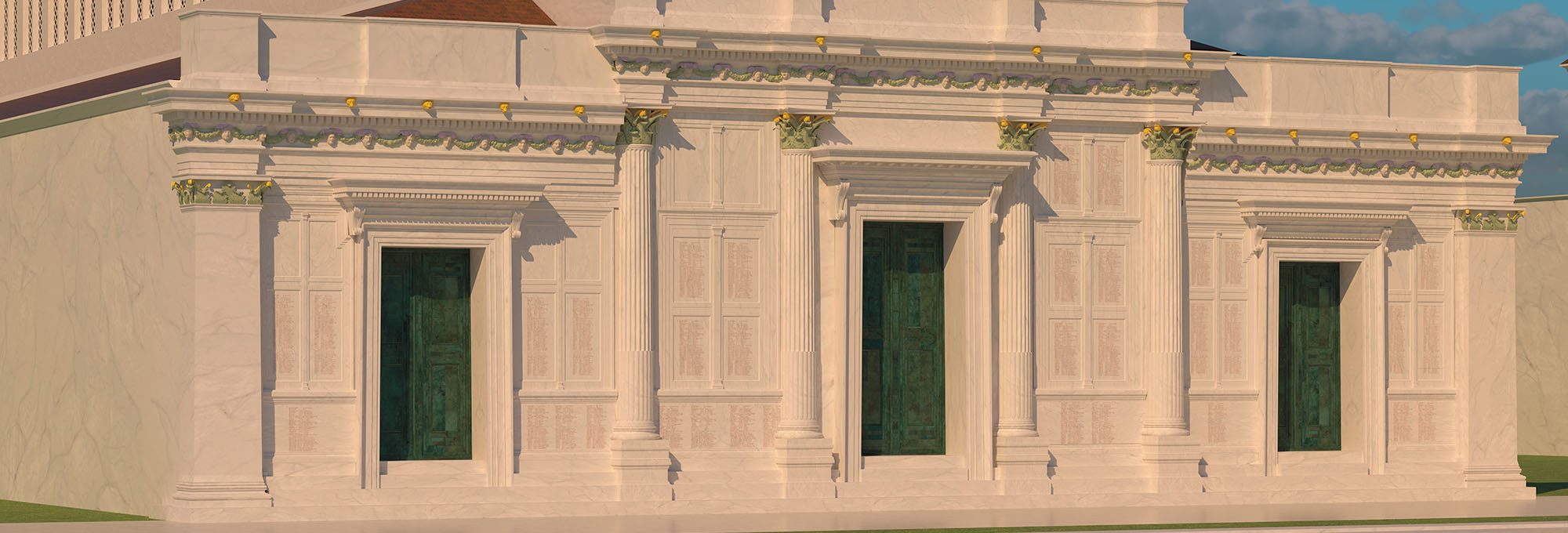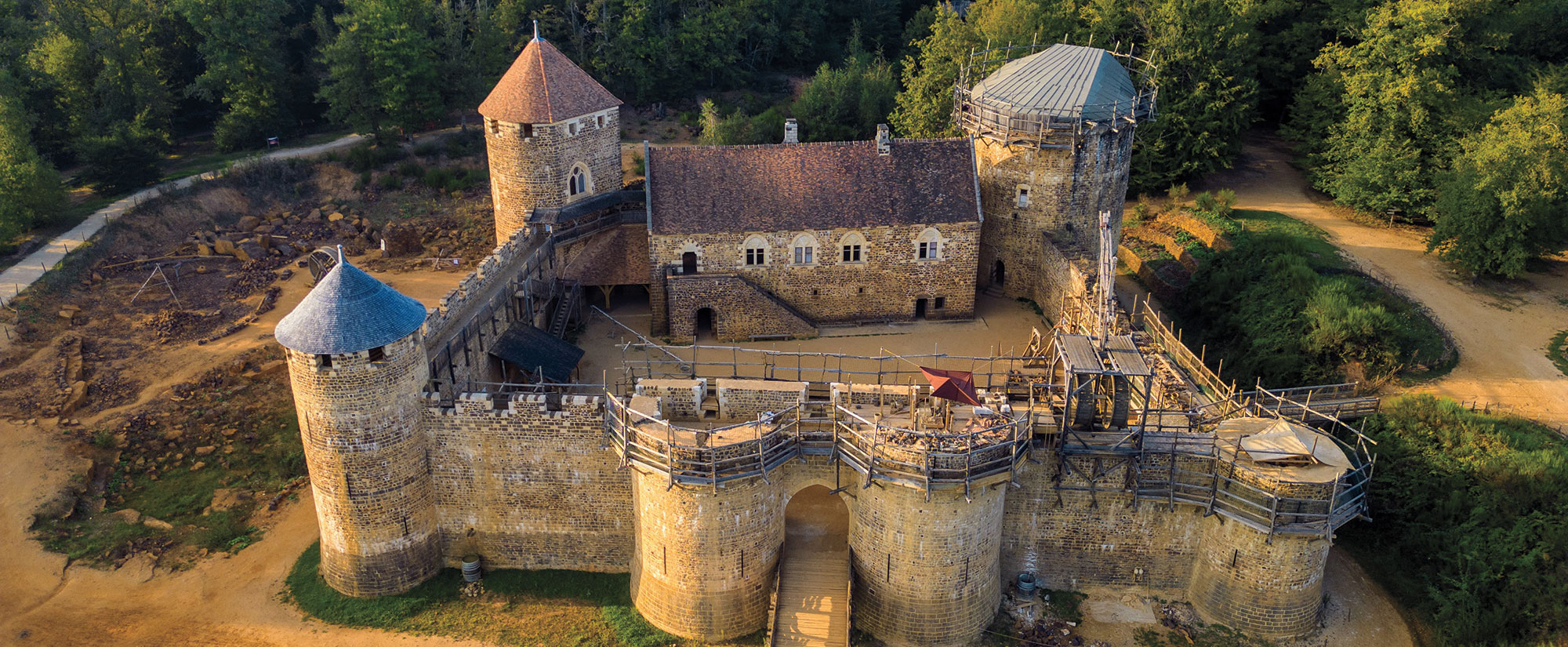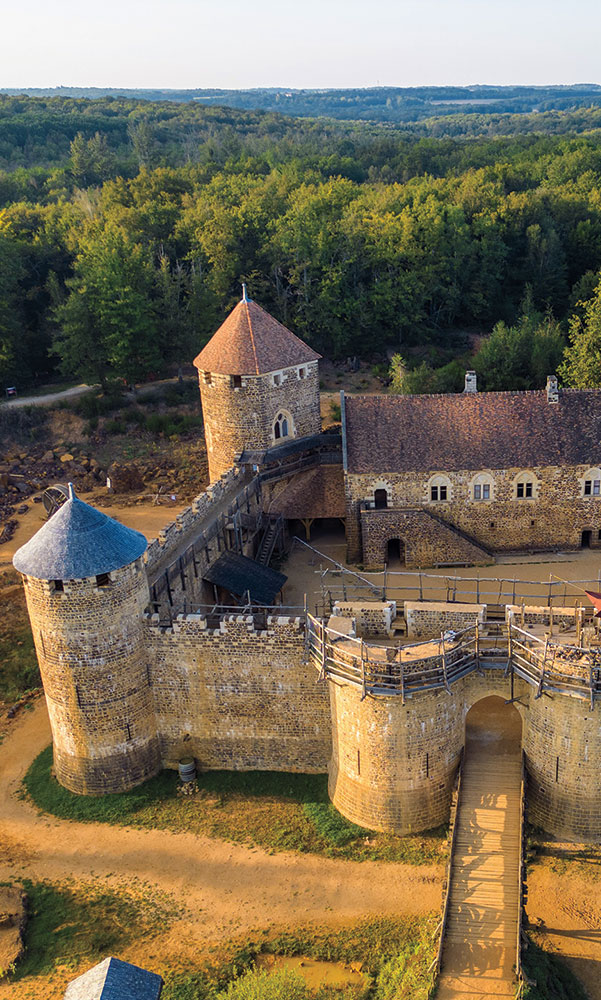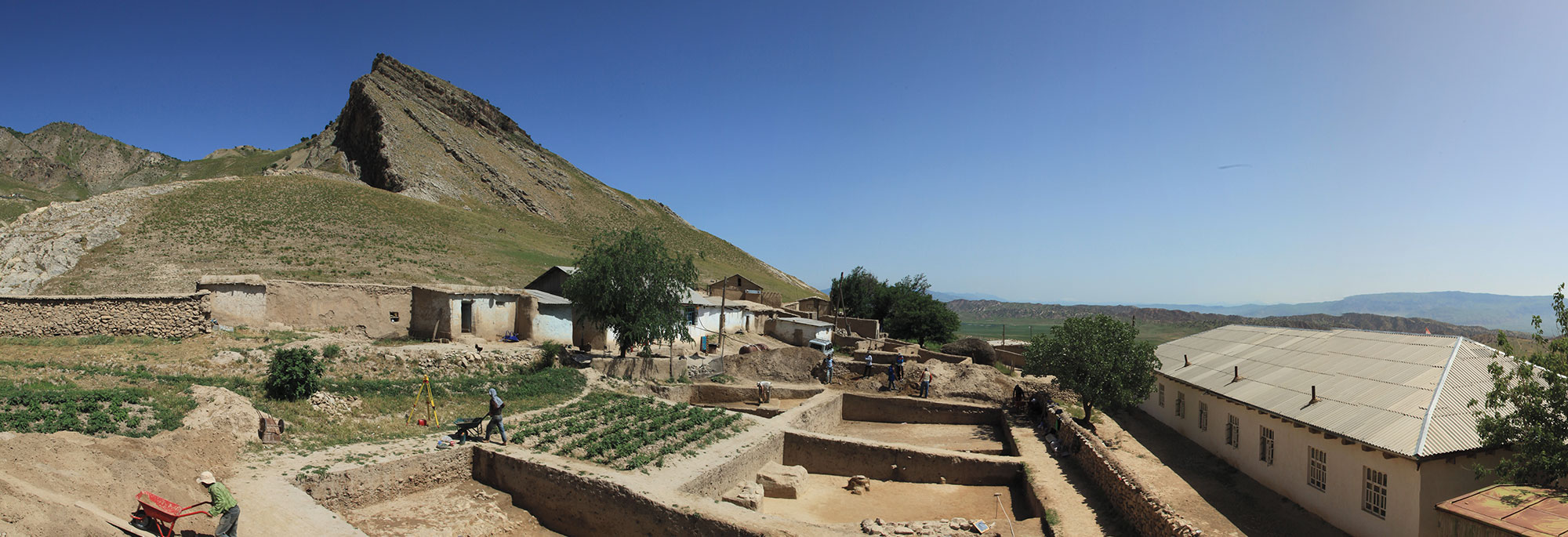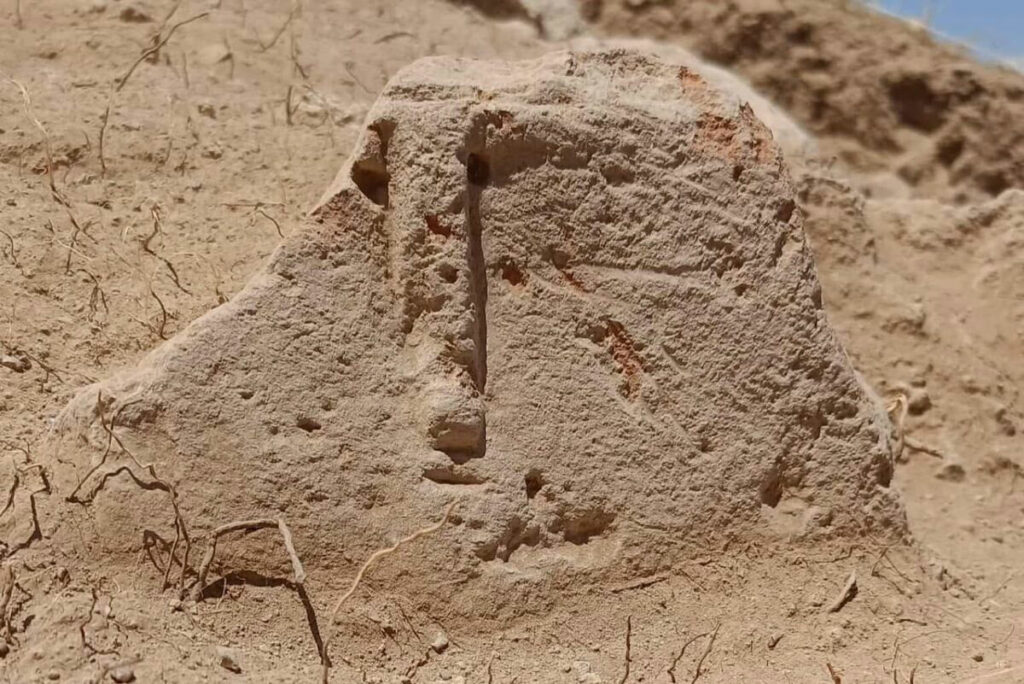
YEREVAN, ARMENIA—La Brújula Verde reports that Argishtikhinili, a 2,500-year-old Urartian fortress in western Armenia, is being studied by a team of Armenian and Polish archaeologists. The excavation has yielded living areas, a storage room or pantry, and a one-and-one-half-foot-tall stone carved with human features. Mateusz Iskra of the University of Warsaw said that the well-preserved dwellings were made of earth and have intact floors made of adobe bricks and stone slabs. A room with several large vessels for storing food embedded in the floor was found within one of these large residences. An adjoining room held a stone carved with human features leaning against a stone box. “It was an idol-like figurine, preserved in its original position,” Iskra said. The face has eyebrows, closely set eyes, an elongated nose, and thin lips. Similar stones have been found at other sites in the region, suggesting that they may be linked to a local cult, he added. The researchers plan to analyze the contents of the box for clues to how the carving may have been used. A well-preserved cremation necropolis was also found at the fortress site. Bioarchaeologst Hasmik Simonyan of the National Academy of Sciences of Armenia explained that cremains had been placed in ceramic containers and were often accompanied by funerary goods. To read about the successor of the Urartian Empire, go to "Rise of the Persian Princes."


